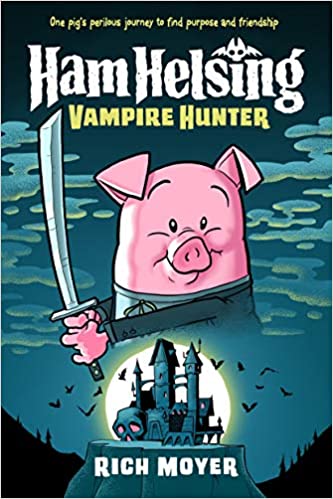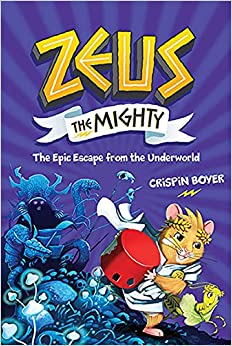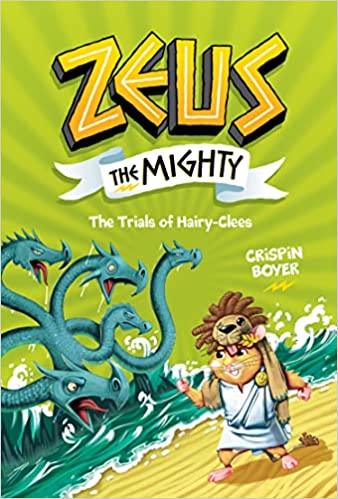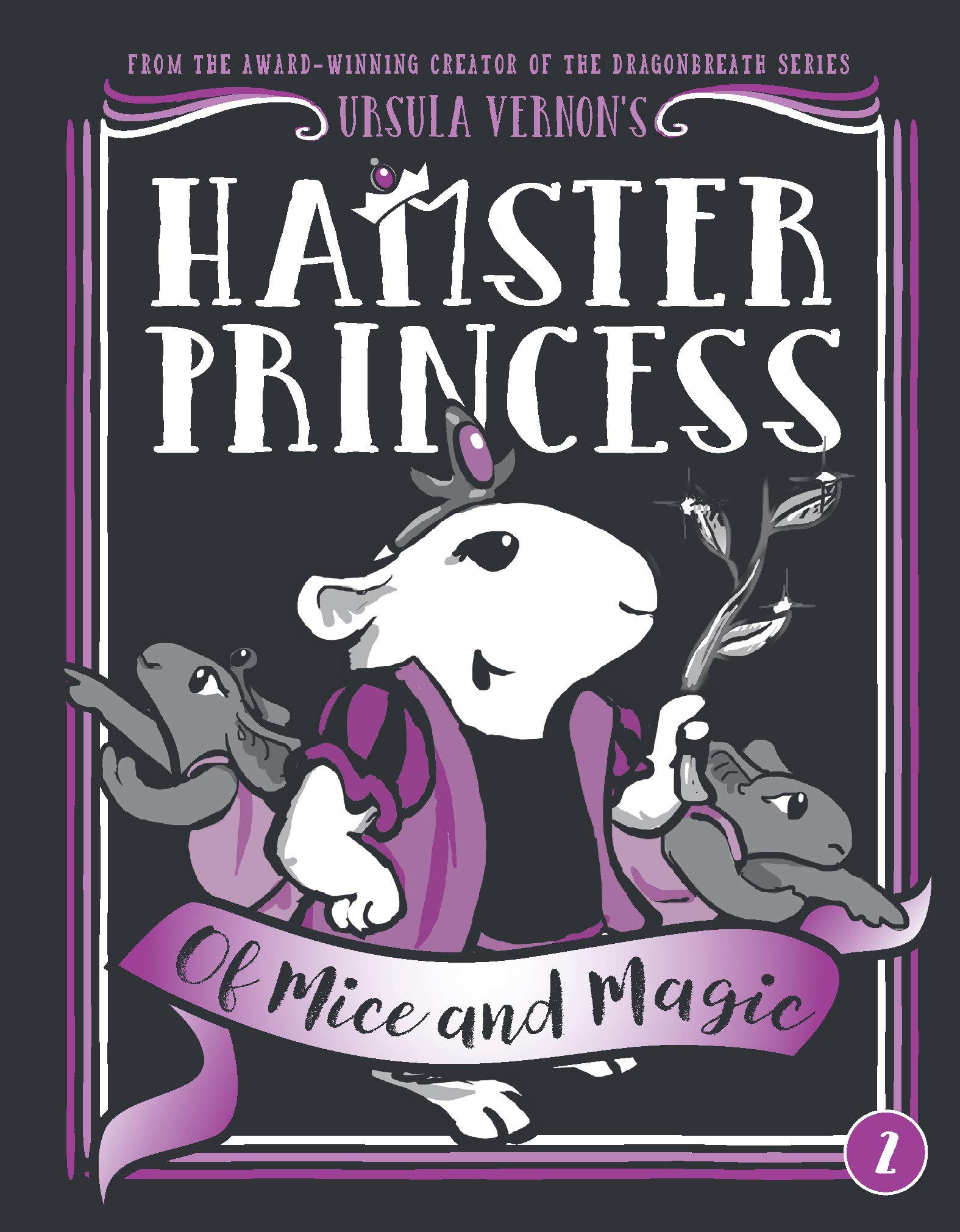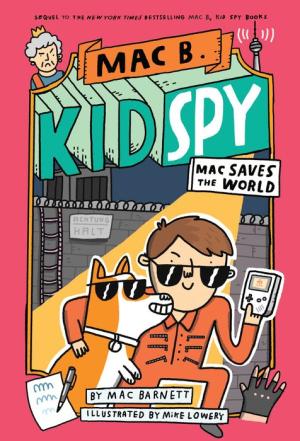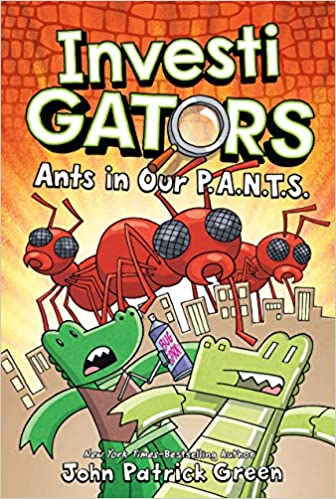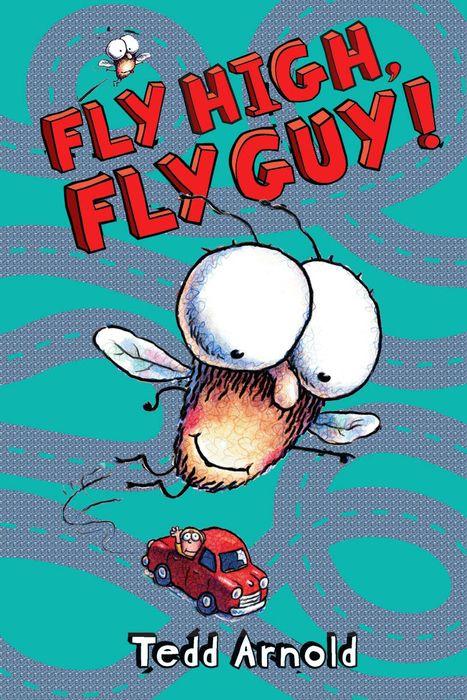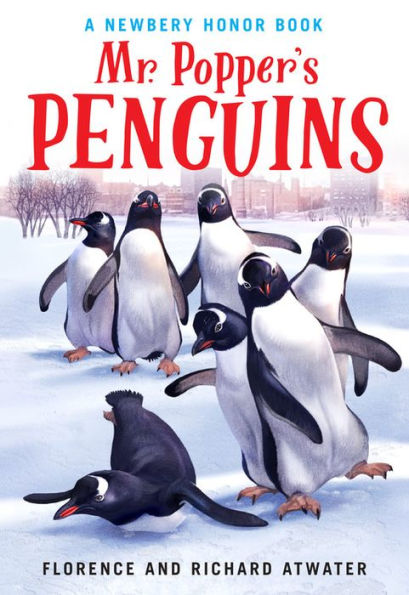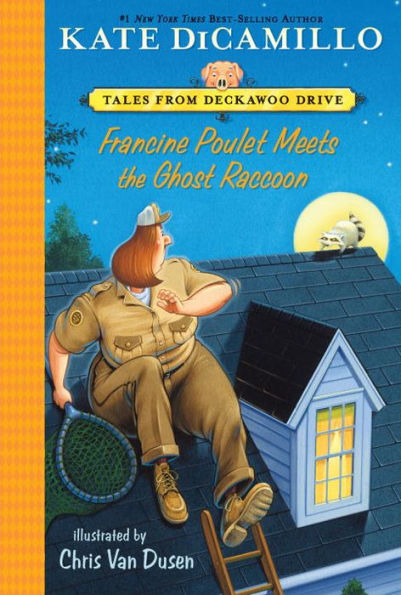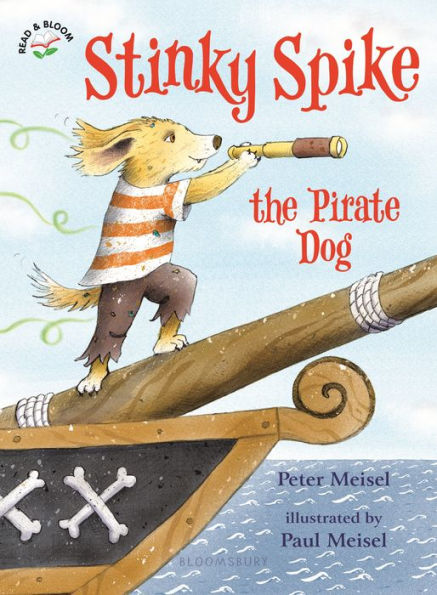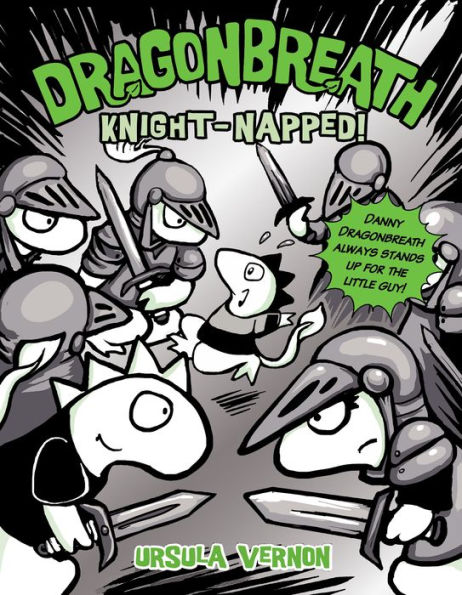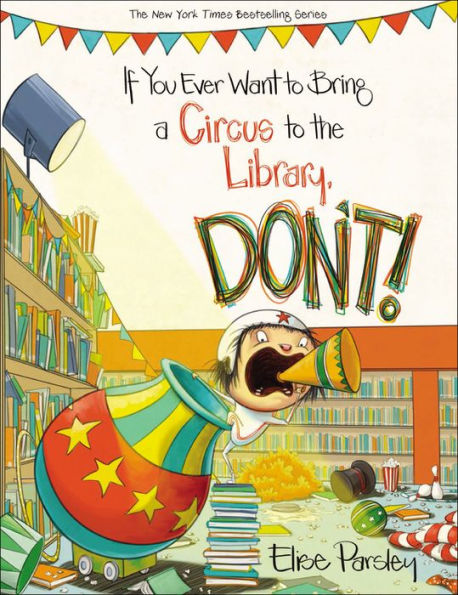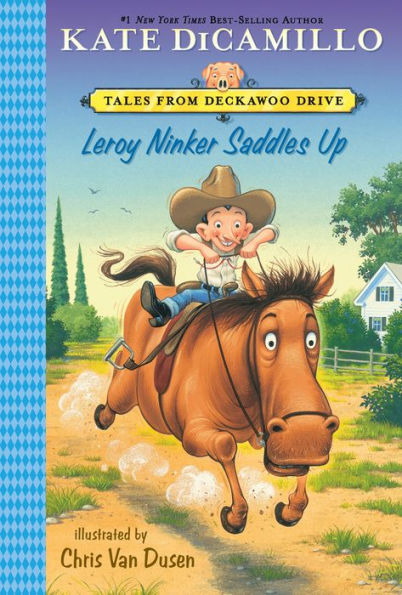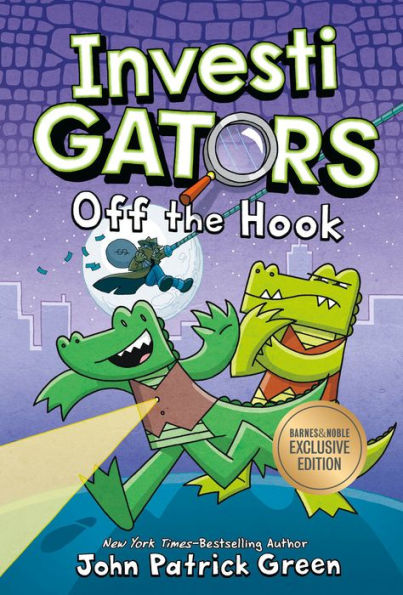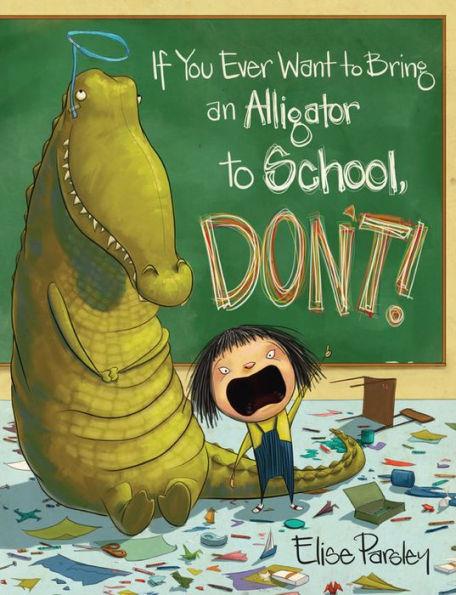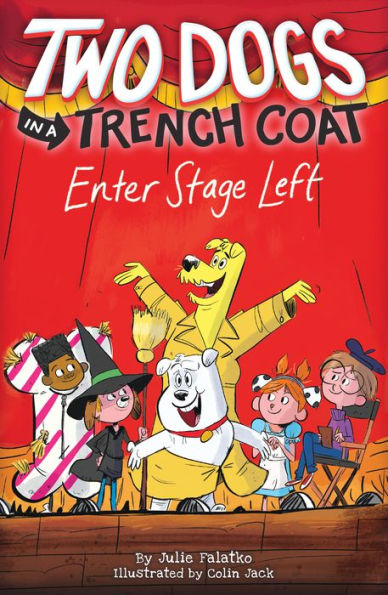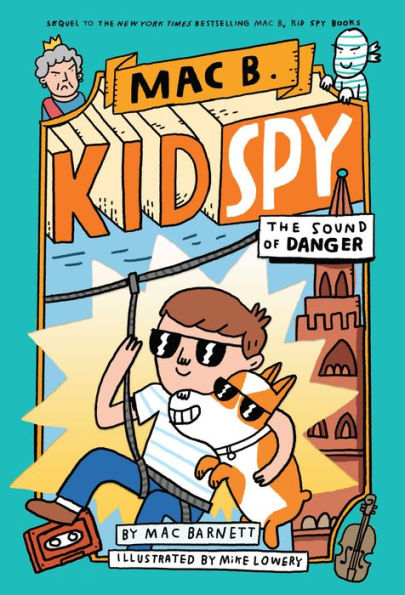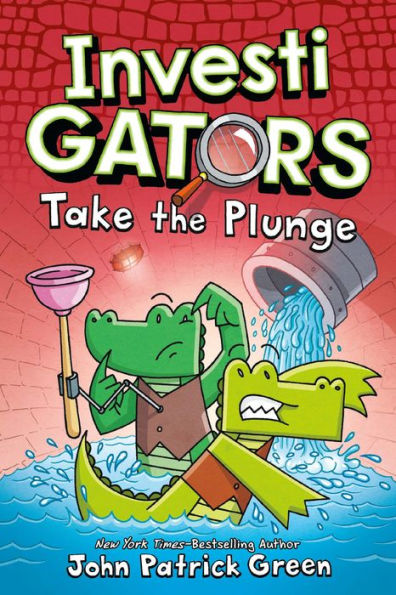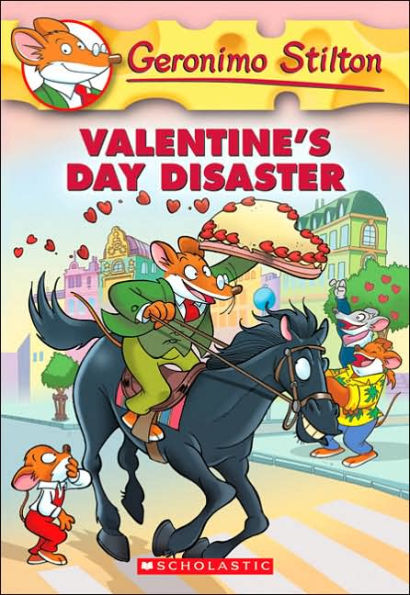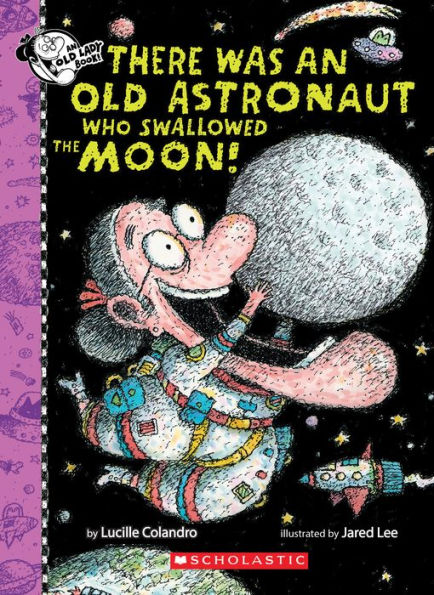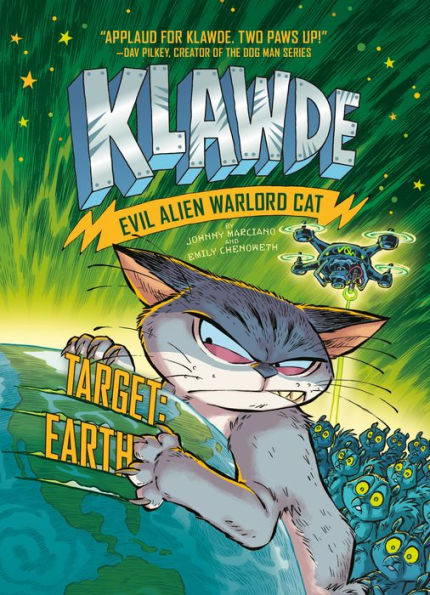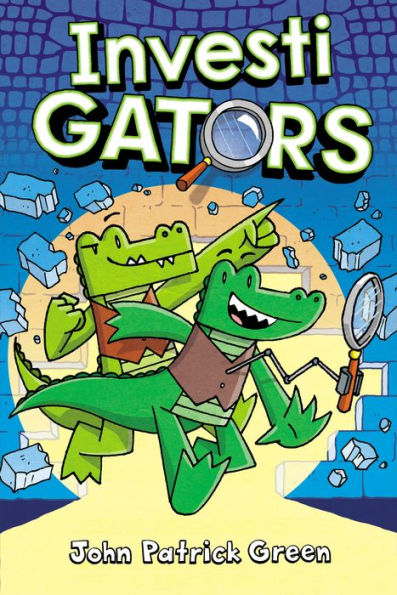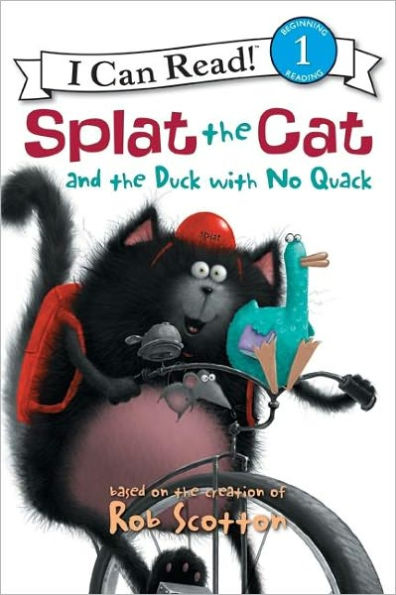Ham Helsing is the descendant of a long line of monster hunters—who often don’t live long enough to rest on their laurels. Ham has always been the odd pig out, preferring to paint or write poetry instead of inventing dangerous new ways to catch dangerous creatures.
Ham’s brother Chad was the daredevil, carrying on the family legacy of leaping before looking, but after Chad’s death, the family business is left to Ham. Reluctantly, Ham sets out on his first assignment: to hunt a vampire. But Ham soon learns that people aren’t always what they seem and that you need a good team around you to help save your bacon!
Ham Helsing is a unique protagonist who doesn’t jump to assumptions about others. Ham’s original mission was to kill the vampire. Instead of killing him, Ham befriends the vampire and the two join up to find the real villain. Not only does the vampire forgive Ham for his original intent, he praises Ham saying, “The brave can make their own path—their own way.” Despite being from a long line of vampire hunters, Ham departs from his family’s ways and instead of slaying vampires, Ham is a kind and selfless pig who uses his head. The story reinforces the idea that fate doesn’t determine a person’s (or a pig’s) decisions.
While the story focuses on Ham, there are many other interesting characters. There’s a boy who keeps turning into a werewolf, a warthog who has social anxiety, a huge bear who frightens easily and cries, a cute female pig who isn’t afraid to use her sword, and a rat who loves big words. These interesting characters add humor and depth to the story. In the end, the large group of characters works together to defeat an evil chicken, who will be back to rain terror in the second book of the series, Monster Hunter.
Vampire Hunter is told through full-color panels that are full of humor and action and have unexpected surprises. For example, the villain jumps out of a plane and is falling toward a hungry shark, but instead of being eaten, the villain “hugged his way out of it.” Readers will giggle as the villain clings to the shark. Each page has one to six sentences and many of them use onomatopoeia. The low word count and easy vocabulary make Vampire Hunter an easy read. Plus, readers will love the silly puns and jokes. For example, when Ham sees a group supporting vampires, a rabbit says vampires are just “immortal heartthrobs who are trapped in the bodies of lovesick teens!”
Full of adventure, humor, visual gags, and interesting characters, Vampire Hunter is sure to entertain readers. There is plenty of sarcasm and suspense to keep readers flipping the pages. Readers looking for a fun read will come to love Ham Helsing and his friends. For another fast-paced graphic novel with an unexpected hero, grab a copy of The Boy Who Crashed to Earth by Judd Winick—but be warned, once you start reading you will want to read the entire series!
Sexual Content
- When a warthog meets Ronin, a female pig, he says, “Hey there, cute thing.”
- When the warthog touches Ronin’s arm, she says, “I could be your undertaker. Hands off, vamp.”
Violence
- Ham Helsing’s descendants all met their demise because of reckless behavior. For example, Bernard Helsing and his assistant both died when they jumped off a very tall cliff. Bernard’s plan was to “lather up our long johns with jelly from the Amazonian fling beetle. This will give us maximum zip. We’ll be like living toboggans, sledding past rock and creatures alike.” Their actual death is not illustrated, but their gravestones are shown.
- A large mechanical knight (controlled by a chicken) attacks Ham. The knight almost kills a female pig named Ronin who jumps in and takes the knight’s head off with her sword. The scene is illustrated over nine pages.
- After being defeated, the evil chicken is upset that “no one appreciates how diabolical I am.” To prove he’s evil, he kicks a squirrel.
- Ronin fights slices of bacon that attack her group. When Ronin cuts a piece of bacon, Ham yells, “AH! Watch it. That bacon grease burns. But it does smell good.” The bacon pieces run away.
- When a man ends up dead, Ham and his group are told that he was killed by, “Shadow creatures! Those spider-woman’s minions. She got Laurence. She made Laurence go bye-bye.”
- Ronin goes after a giant spider. Using her sword, Ronin cuts the spider in half. The spider’s green blood covers the ground. Later, the group finds Ronin cooking the spider and eating it. The attack is illustrated over three pages.
- In a multi-chapter battle, the spider-woman attacks Ham and his friends. The spider tries to impale Ham with her leg, but Ham slices it off with a sword. The spider-woman’s minions jump into the fight. During the fight, the warthog is tied up in spiderwebs.
- The spider-woman separates the group and ties up all of Ham’s friends. Someone goes into town and brings back reinforcements wearing clogs. The townspeople kill the spiders by stomping on them. The illustrations show two panels with dead spiders’ green blood.
- When the villain realizes that the spider-woman and her minions failed to kill Ham, he squishes one of the spiders to prove they are “expendable.”
- When the villain flees, the townspeople finish stomping and squishing the spider minions. The spider killing is illustrated over a page.
- A doctor creates a monster. When the monster awakens, he beats up the doctor and flees.
Drugs and Alcohol
- None
Language
- Silly exclamations are used throughout the story like “pigeon pellets,” “horse cookies,” and “buffalo bagels.”
- One of Ham Helsing’s descendants’ tombstone says, “courage and stupidity—a fine line.” Another descendant’s tombstone reads, “He died as he lived. Like an idiot.”
- There is some name calling such as buffoon, knuckleheads, bloodsucker, and losers.
- Heck is used once.
Supernatural
- At the story’s end, a doctor makes a Frankenstein monster.
Spiritual Content
- The spider-woman says she is “like God herself. I wield the power to unseat the very hierarchy of the forest.”
